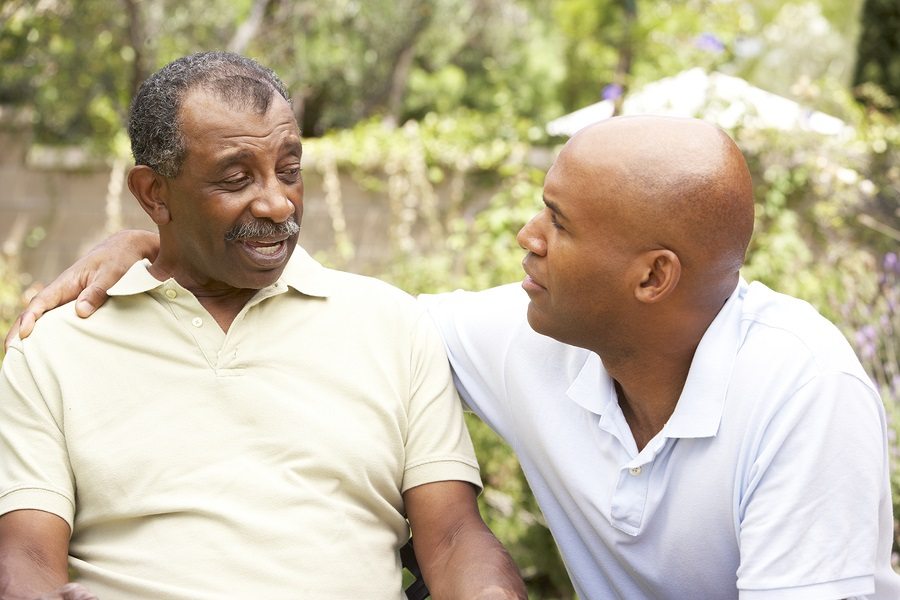Gluten-Free Diet Awareness Month: Helping Seniors Transition
Since his diagnosis of celiac disease, Graham was having a hard time adopting a gluten-free diet. As an elderly adult with vision issues, he could no longer drive to the grocery store to get his own food items. Graham had to depend on his adult son or his elder care assistant to do the shopping for him, as well as the meal prep.
He felt like his gluten-free diet was really hit or miss. He knew there were gluten-free options for bread and pasta, but they were usually more than twice as expensive as their wheat counterparts. Graham asked his adult son to accompany him to a meeting with a dietician to help them all get on the same track and for some advice on how to handle the new lifestyle changes he needed to keep his health.

Home Care Services in Montauk NY: Gluten-Free Diet Awareness Month
It can be quite difficult for elderly adults to transition to a gluten-free diet. Most of the time, it is due to a recent diagnosis of celiac disease, Crohn’s disease or other digestive issues. Avoiding gluten, a protein found in wheat, rye, and barley, can significantly reduce symptoms and lead seniors to better health. When an elderly person needs to change to a gluten-free diet, they definitely need a strong support team to do so successfully.
Support Teams…
Many seniors that are no longer completely independent rely on family caregivers and senior care aides to help them with daily tasks. This often includes grocery shopping and preparing meals. If the helpers don’t know much about a gluten-free diet or don’t take the time to learn, they can place the elderly person in a bad position regarding their long-term health. On the other hand, sometimes the family caregivers are prepared to do what it takes, but the elderly person is not willing to give up some of their familiar and favorite food. Checkups with doctors, dietitians, and other professionals can help both sides approach the new requirements and provide guidance along the way.
Where might you find gluten?
The most important thing in helping seniors transition to a gluten-free diet is to get caregivers and seniors to look and understand food labels and packaging labels. It’s easy to eliminate wheat bread and pasta, but gluten ingredients often appear in surprising places, such as canned soup, salad dressing, and even medicine. Gluten is a common filler in many processed foods, so it’s critical that whoever is shopping looks at labels to ensure the item is truly gluten-free.
Keeping it positive…
A positive attitude can also help seniors transition better to a gluten-free diet. Instead of focusing on what foods they cannot have or purchasing expensive gluten-free replacements for things like bread and pizza crusts, family caregivers and senior care aides can emphasize all the food they can have. There are so many foods that don’t contain gluten that seniors can feel full and fulfilled in no time. A successful transition requires eating more of the healthy food and steering clear of meals that contain gluten or where gluten products are the centerpiece. For example, chicken parmesan can replace spaghetti and corn tortillas can replace flour tortillas. Online resources and support groups can help with tips on making meals and snacks that satisfy.
It’s hard to overcome eating habits that have been set for decades, but once elderly adults realize how good they feel on a gluten-free diet, it becomes easier to make the lifestyle change.
If you or an aging loved one is considering hiring home care services in Montauk, NY, call the caring staff at Artful Home Care today at 631-685-5001.
Source:
Celiac.org
- What Can Seniors Do to Improve Their Social Health? - April 21, 2025
- The Hidden Safety Benefits of an Organized Home - April 3, 2025
- Artful Home Care Presents Planning Your Legacy: An End-of-Life Strategy Session - March 27, 2025

